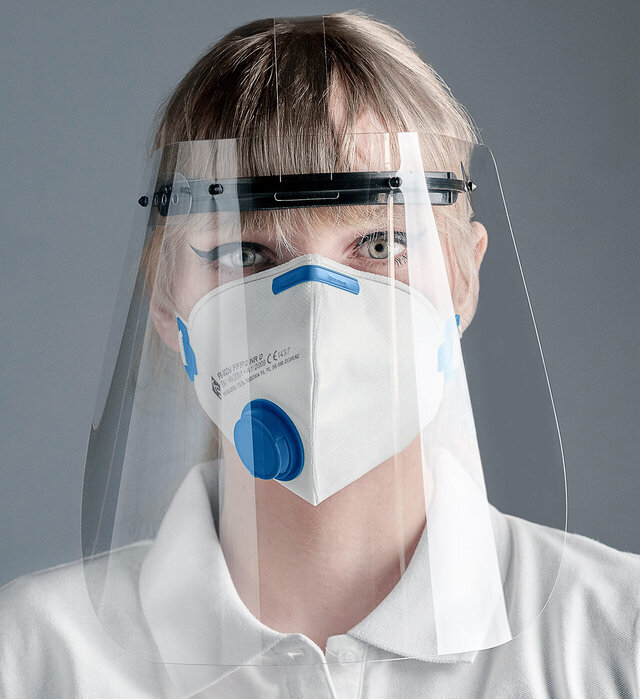Innovative response
Healthcare workers (HCW) are especially high-risk for COVID-19 infection and by extension, their contacts (including people they live with, those they treat, and all other individuals they interact with in their everyday life) are also at high-risk of infection.
Technology already exists to track the location of individuals via smart-phones. Lots of it! We can and should use this technology to track the movements and locations of healthcare workers so that if a HCW tests positive for COVID19, we can quickly, automatically, and accurately determine who they have been in contact with and, consequently, who else may require screening or confinement. In other words, we can automate, scale, and optimize epidemiological investigations and contact-tracing.
Databrew has identified tools to compile a simple framework of open-source tools for tracking healthcare workers' locations. We're calling the suite BCV - "busca y captura el virus" (search and arrest the virus). It's a system for tracking the locations of healthcare workers so that when one gets sick, public health agencies, hospitals, ministries, and any organization managing workers who are at high-risk of infection, can see where the worker has been and therefore whom they may have exposed. Anyone can deploy the BCV tracking system to monitor the movement of their HCWs and other at-risk individuals.
Tracking with BCV is done passively via an open-source smartphone application (Traccar). The system can be launched by an IT professional in approximately one hour. And it takes about 3-5 minutes for each healthcare worker to install and configure their phones for tracking. Workers register via a "Shiny" web application. All data is stored in MySQL and the entire system can be run on open-source Linux Ubuntu servers.
Specific issues addressed and anticipated impact
"Healthcare workers (HCW) are at a high-risk for COVID-19 infection. Therefore, even if the general population is ""locked-down"", HCWs will act as agents of infection in their communities. There will be an extremely high number of infected HCWs - too many to carry out traditional, manual contact-tracing. But contact-tracing - knowing where HCWs went and whom they may have exposed to the illness during their infectious period - is absolutely necessary to prevent widespread disease transmission from HCWs to their communities.
Example:
- Dr. Mary works with COVID-19 patients
- She tests positive
- Rather than wasting time asking her where she shops, whether she stopped at the gas station yesterday, where she walks her dog, etc. these data are pulled up immediately in a report
- A report is automatically generated for public health authorities detailing Mary's location history
- Using this report, a team is deployed to:
-- Notify those who may have been infected by Mary (grocery store clerk, gas station attendant, colleague who worked at same time, etc.) so they can self-isolate
--- Monitor those potential contacts for development of symptoms
--- When appropriate, carry out proactive testing on Mary's contacts"
Organisations/institutions involved
Databrew LLC
https://github.com/databrew/bcv/blob/master/docs/it_guide.md
- Regional/State government
- Local government
- Private Sector
- Non-Profit/Civil Society
Issues being addressed:
- Health and safety of responders
- Real-time data collection, sharing, and analysis
Response contact:
Date Submitted:
21 March 2020

